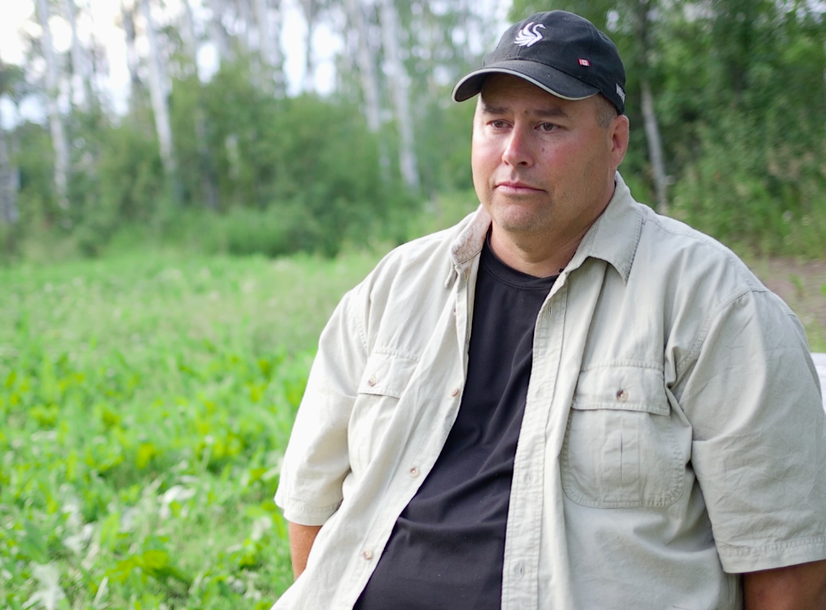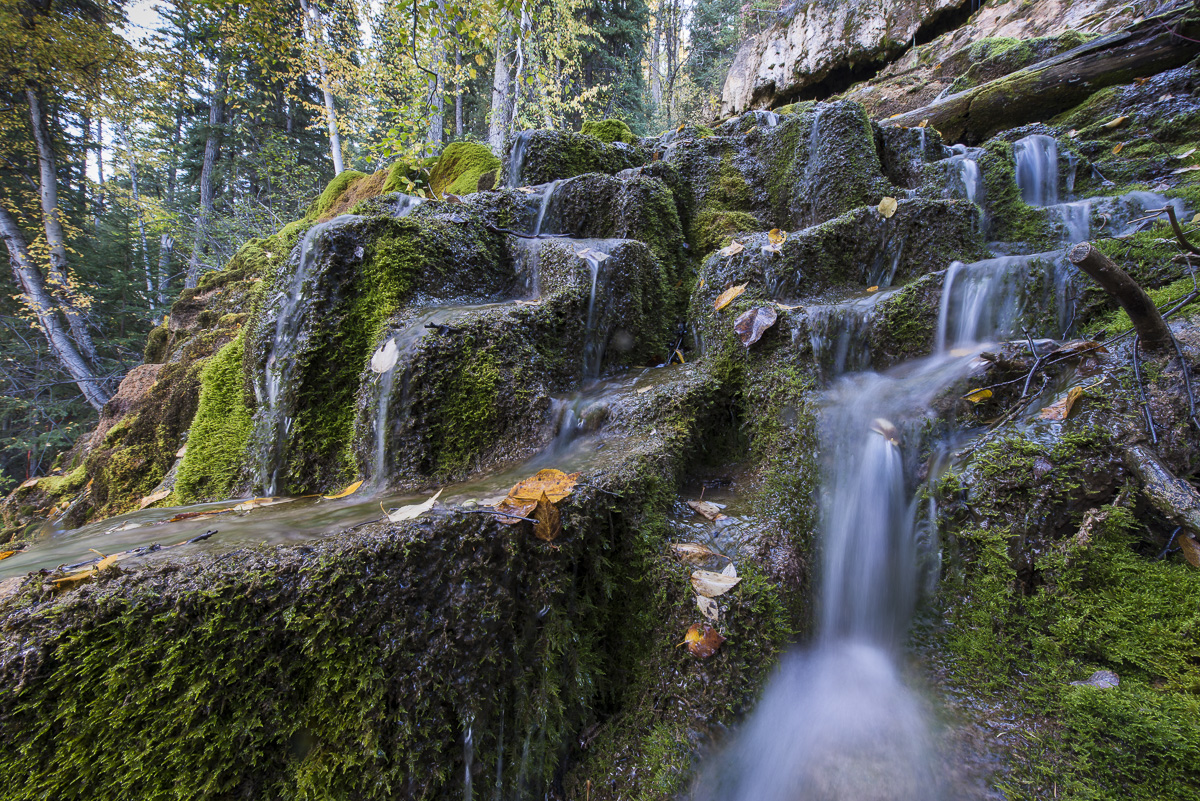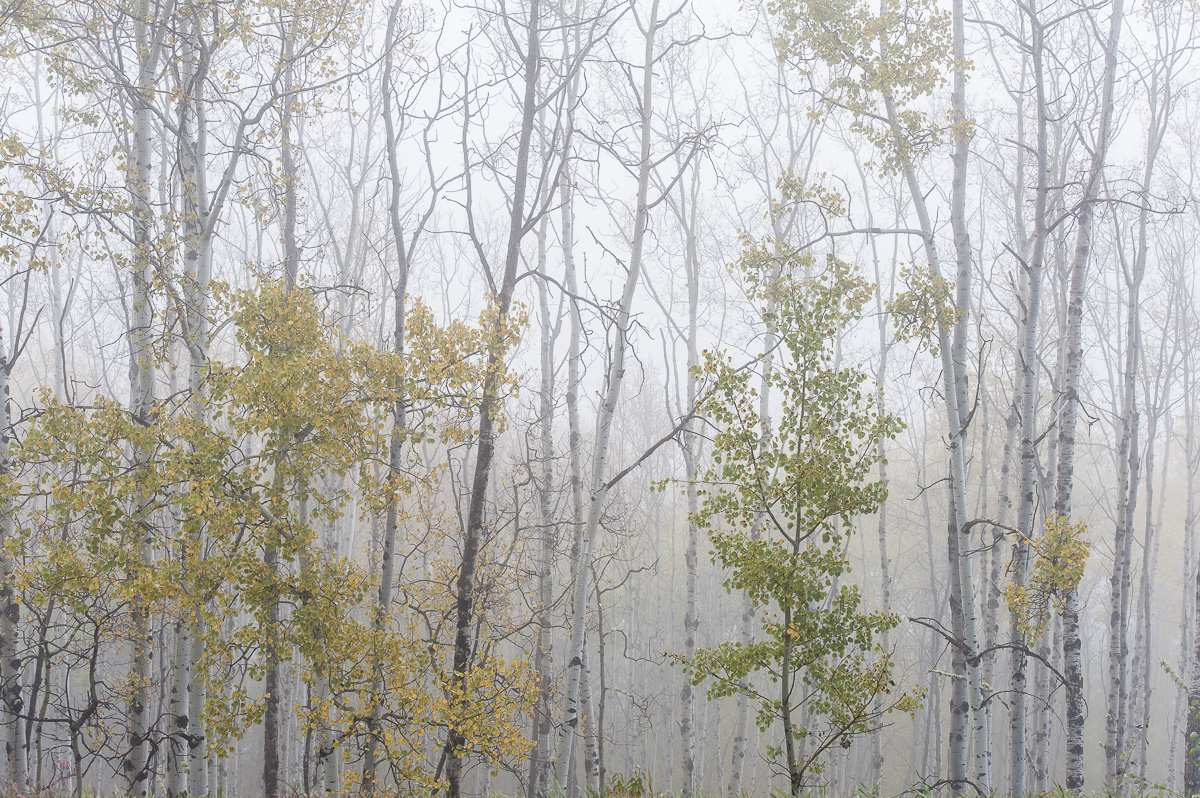
Drawing (on) a decade of climate change in the North
Artist Alison McCreesh’s latest book documents her travels around the Arctic during her 20s. In...
West Moberly First Nations are not backing down from their long battle to stop the Site C dam following Tuesday’s announcement that they will engage in confidential discussions with BC Hydro and the provincial government, says Chief Roland Willson.
“Our position is that the dam should not go ahead,” Willson told The Narwhal. “We think there’s still an opportunity to kill the thing before they flood the [Peace River] valley.”
The B.C. government said in a press release that the discussions will “seek alternatives to litigation related to the Site C dam project.”
“We’re listening to what they have to say,” Willson said. “There may be an alternative [to Site C]. In the discussion we’re going to be talking about how they don’t have to destroy the valley. Our primary focus is going to be about trying to protect the valley.”
The West Moberly and Prophet River First Nations filed civil claims in January 2018 alleging the Site C dam and two previous dams on the Peace River unjustifiably infringe on their treaty rights.
The nations subsequently lost their application for an injunction to protect 13 areas of cultural importance for the Dunne-Za nations — including prime moose habitat, a rare old-growth white spruce and trembling aspen forest and two wetlands called Sucker Lake and Trappers Lake — from clear-cut logging for Site C.
But the judge ruled their treaty rights case must be heard by 2023, prior to Site C reservoir filling scheduled for 2024.
“Our position is that the dam should not go ahead. We think there’s still an opportunity to kill the thing before they flood the [Peace River] valley.” — Chief Roland Willson

West Moberly First Nations Chief Roland Willson.
Willson said the provincial government is under “enormous pressure from all over the place” to cancel Site C, which would flood 128 kilometres of the Peace River and its tributaries in the heart of Treaty 8 traditional territory, poisoning bull trout and other fish with methylmercury.
He pointed to a United Nations request that Canada suspend Site C dam construction until the project obtains the “free, prior and informed consent” of Indigenous peoples. Canada has until April 8 to report back to the UN Committee on the Elimination of Racial Discrimination outlining the steps it has taken to halt construction of the $10.7 billion dam.
Willson also highlighted a January study from the C.D. Howe Institute that concludes BC Hydro customers will be better off if the Site C dam is cancelled immediately, as well as the provincial government’s report on the first phase of a comprehensive review of BC Hydro, released in mid-February, which found B.C. has too much energy.
“There’s an abundance of power and we don’t need Site C,” said Willson, who has called the Site C dam “cultural genocide.”
“It was a political decision when [former premier Gordon] Campbell made it [in 2010]. It was a political decision when [former premier] Christy Clark approved it and it was a political decision when [premier] John Horgan decided to continue it.”
But the B.C. government told The Narwhal it is not reconsidering the Site C dam. “This does not impact planned construction timelines,” the Ministry of Indigenous Relations and Reconciliation said in an e-mailed statement.
“If successful, we are hopeful that an agreement could settle the ongoing litigation regarding Site C, [and] also help us to create a more positive relationship with Prophet River and West Moberly moving forward,” the statement said.
Willson said legal cases against Site C have cost the two nations more than $1 million, and the treaty rights case will cost “millions” more.
The nations raise money for Site C legal bills $100 at a time through their yellow stakes initiative.
Yellow stakes were used by BC Hydro contractors to mark the centre line for a provincial highway that must be relocated out of the Site C flood zone. The highway, whose relocation will cost at least $530 million, is slated to run past Indigenous burial sites and a special cultural area for First Nations, who have been gathering for millennia at the spot at the confluence of Cache Creek and the Peace River.

A rare, ancient tufa seep within the Site C dam flood zone. Photo: Garth Lenz
The Narwhal previously filed a Freedom of Information request asking BC Hydro for the total amount it had spent on legal fees related to the Site C dam. BC Hydro responded that the total amount was subject to attorney client privilege, and did not release the information.
BC Hydro financial reports show that the public utility paid $4.3 million over a recent one-year period (April 1, 2017 to March 31, 2018) to the Vancouver law firm Fasken (formerly known as Fasken Martineau DuMoulin LLP), which represents BC Hydro in the treaty rights case against Site C.
The firm, which has a long history of representing governments and resource companies in legal cases against First Nations, also represented BC Hydro during the joint federal-provincial environmental assessment hearings on Site C and on what it refers to as other “Aboriginal matters” related to Site C.
Fasken Martineau DuMoulin LLP received an additional $29 million from BC Hydro from 2011 to 2017, according to BC Hydro financial reports.
Three years into an estimated nine years of construction, most clear-cut logging for the Site C dam has taken place around the eastern flank of the Peace River Valley near Fort St. John, where the dam structure will be built. The rest of the valley is still relatively intact.
“Some of the old growth forest we’re trying to protect has been cut,” Willson said. “A tree will grow back. There’s nothing that can’t be undone.”

Low elevation forest in the Site C flood zone. Photo: Garth Lenz
Tim Thielmann, legal counsel for West Moberly First Nations and Prophet River First Nation, said he could not discuss the content or timing of the discussions.
“West Moberly and Prophet River continue to be opposed to the project,” Thielmann told The Narwhal.
“They continue to fight to prevent their treaty rights from being infringed by the cumulative effects of the three dams on the Peace River, and they are fully prepared to go to trial and obtain a judgement in advance of any Site C flooding if that is what they need to do.”
Sarah Plank, communications director for the Ministry of Indigenous Relations and Reconciliation, said the ministry can’t comment on the format and structure of the discussions.
“The discussions are in the early stages and they’re confidential,” Plank told The Narwhal.
The government said the parties “will continue trial preparations as discussions proceed on alternatives to litigation.” The parties appeared in court in late February and proposed a case plan for a 120-day trial commencing in 2022.
“We’re willing to listen to what they have to say, but we’re still filing our papers,” Willson said. “If we don’t like what we hear at the negotiating table we’ll walk away.”
Get the inside scoop on The Narwhal’s environment and climate reporting by signing up for our free newsletter. On March 17, federal Conservative Leader Pierre Poilievre...
Continue reading
Artist Alison McCreesh’s latest book documents her travels around the Arctic during her 20s. In...

I’ve watched The Narwhal doggedly report on all the issues that feel even more acutely...

Establishing the Robinson Treaties, covering land around Lake Huron and Lake Superior, created a mess...
